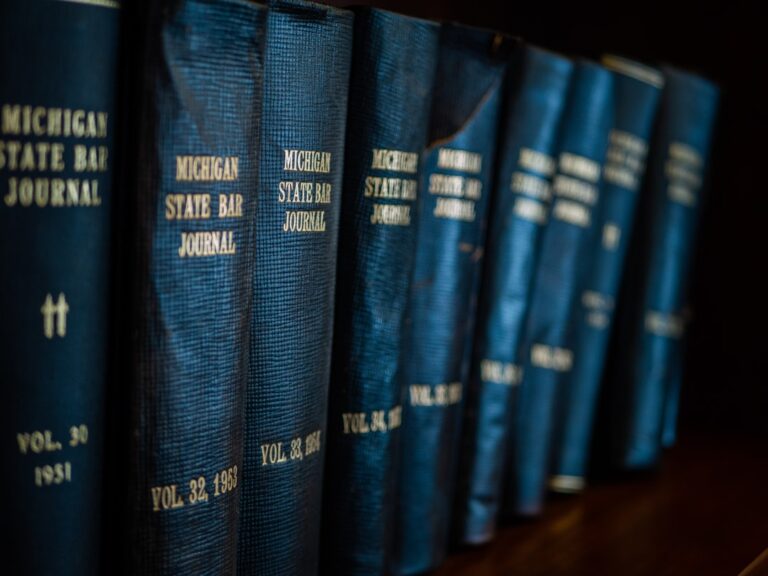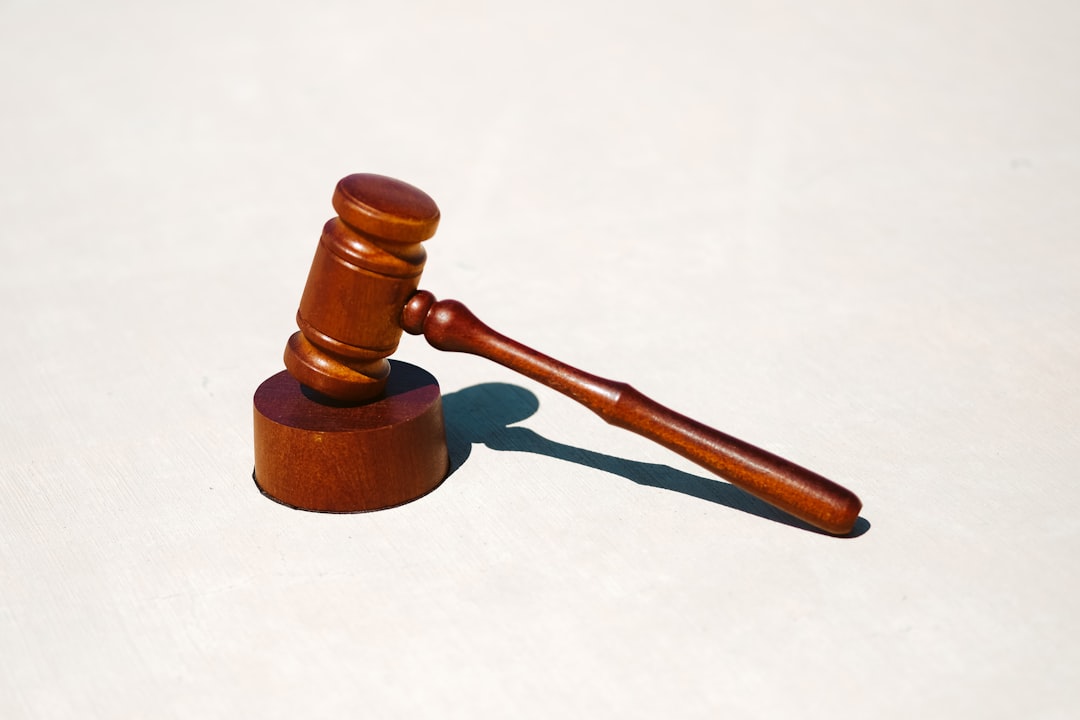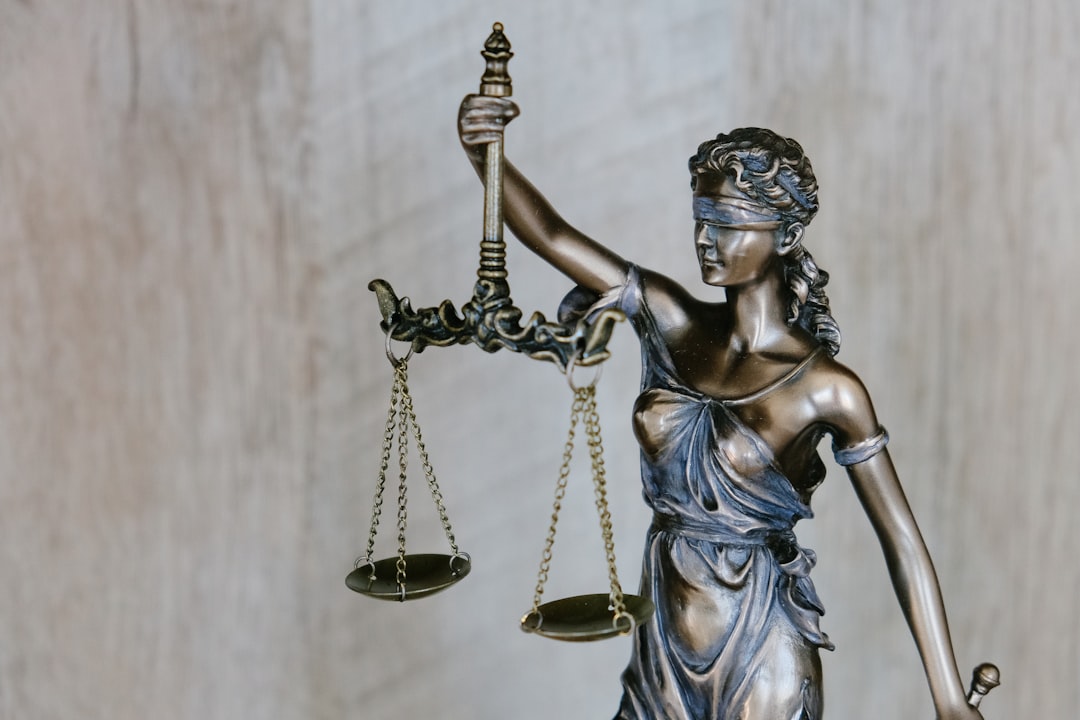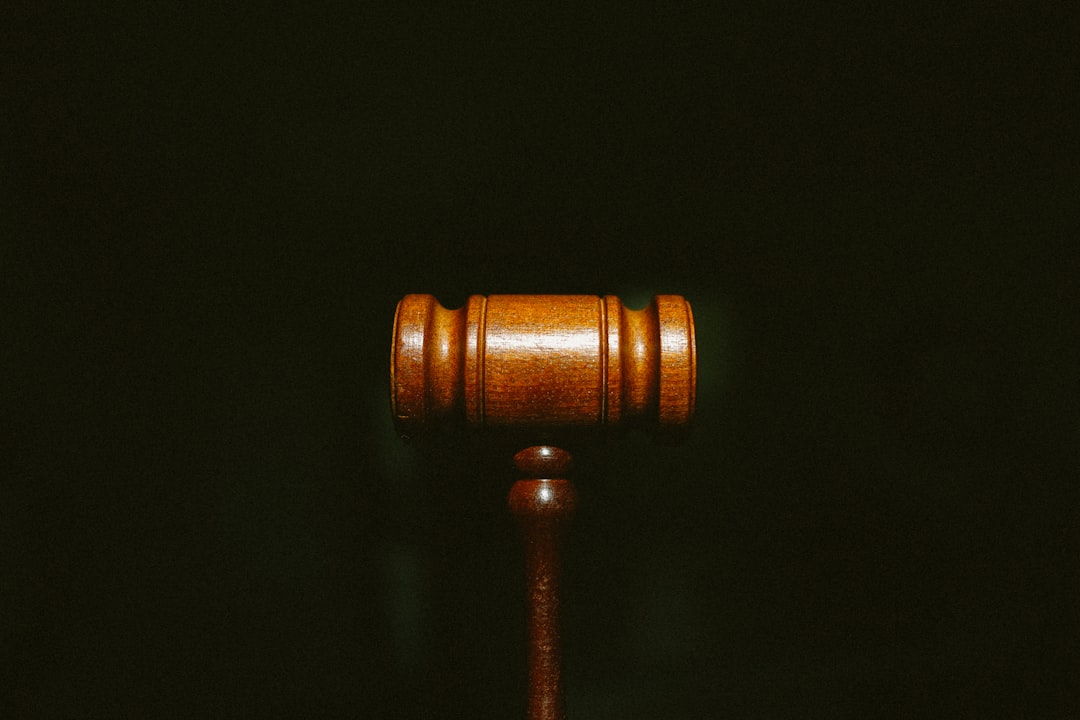Bystander intervention is vital for preventing sexual assault in Annapolis, Maryland. Key strategies include recognizing harmful situations (Observe), assessing risks (Assess), acting firmly (Act), and connecting survivors with support (Connect). Educational institutions, community organizations, and sexual assault lawyers Maryland collaborate to raise awareness through workshops, signage, and open dialogues about consent. Effective interventions involve assertive communication, de-escalation techniques, and prompt reporting to legal experts. By empowering bystanders and fostering a culture of accountability, Annapolis can enhance campus safety and support survivors.
The issue of sexual assault remains a pervasive challenge, particularly in public spaces like Annapolis, Maryland. As such, understanding the role bystanders play in prevention is vital. This article delves into strategies to foster a culture where citizens actively intervene, utilizing insights from sexual assault lawyers Maryland who have witnessed firsthand the impact of collective action. We explore effective communication methods, awareness campaigns, and legal frameworks that encourage bystanders to become allies in the fight against sexual violence, ultimately contributing to safer communities.
Understanding Bystander Intervention in Sexual Assault Prevention

The role of bystanders in preventing sexual assault is a critical aspect often overlooked in discussions about campus safety and community resilience. In Annapolis, Maryland, where sexual assault cases have gained significant attention, understanding bystander intervention can be a game-changer in creating safer spaces. This concept involves the collective responsibility of individuals present during an incident to take action, which can range from direct intervention to supporting survivors and reporting perpetrators. A study by the Rape, Abuse & Incest National Network (RAINN) revealed that in 53% of sexual assaults, someone else was present without intervening, highlighting the need for public awareness and education.
Bystander intervention programs equip individuals with the skills to recognize potentially harmful situations and respond effectively. These programs often emphasize four key steps: Observe, Assess, Act, and Connect. For instance, a bystander might notice a person’s distressed behavior in a public place and assess whether consent is being respected. If there’s a concern, acting could involve interrupting the situation, offering support to the potential victim, or even physically removing the perpetrator. Afterward, connecting with relevant authorities, such as campus security or law enforcement, and providing statements can aid in investigations. Sexual assault lawyers in Maryland emphasize that bystander intervention not only helps survivors but also contributes to a culture of accountability.
Implementing bystander intervention strategies requires community-wide cooperation and commitment. Educational institutions play a pivotal role in training students, faculty, and staff through workshops, peer education programs, and mandatory sessions. Public spaces can benefit from clear signage that encourages bystander responsibility and provides guidelines for safe intervention. Moreover, fostering open dialogues about consent, healthy relationships, and the impact of sexual assault can desensitize societal norms that enable perpetrators and reduce the stigma faced by survivors when seeking help. By integrating these practices, Annapolis can move towards a more proactive approach to sexual assault prevention, ensuring the well-being of its residents and visitors alike.
The Power of Action: Strategies for Safe Interference

In addressing the complex issue of sexual assault in Annapolis, Maryland, bystanders play a pivotal role that often goes unnoticed. The power of action among witnesses can significantly alter the trajectory of such incidents. By understanding their capabilities, individuals can become agents of change and potential saviors. This section delves into practical strategies for safe interference, providing an authoritative guide to prevent sexual assault in communities across Maryland.
One of the most effective ways bystanders can intervene is through assertive communication. This involves speaking up firmly yet respectfully when observing a potentially harmful situation. For instance, if a person witnesses someone being forced into a vehicle, shouting “Stop! Call the police!” can create a momentary distraction, providing the victim with an opportunity to escape. Such quick action could be decisive in preventing what might escalate into a severe case of sexual assault. Maryland sexual assault lawyers often emphasize the significance of these initial responses, as they can lead to crucial evidence collection and preservation.
Furthermore, bystanders can employ de-escalation techniques when confronting potential perpetrators. This includes using calm yet assertive language and non-verbal cues to defuse tense situations. For example, a simple yet powerful statement like “Let her go. Help is on the way” might encourage a would-be assaulter to reconsider their actions, potentially averting tragedy. These strategies, when combined with prompt reporting to authorities, can ensure swift response and better outcomes for victims. Maryland’s sexual assault lawyers recommend bystanders familiarize themselves with these techniques to enhance their ability to assist during critical moments.
Legal Aspects: Roles & Responsibilities of Bystanders & Sexual Assault Lawyers Maryland

In Annapolis, Maryland, as across the nation, bystanders play a crucial role in preventing sexual assault. Legal frameworks in Maryland not only define the responsibilities of individuals witnessing such incidents but also outline clear paths for justice through the involvement of sexual assault lawyers Maryland. Understanding these legal aspects is essential to fostering a culture of accountability and support.
When a sexual assault occurs in public, bystanders can intervene in various ways—from verbal protests to physical aid or simply alerting authorities. Maryland’s laws encourage such actions, emphasizing that failure to act can be as harmful as the assault itself. Sexual assault lawyers Maryland often collaborate with local law enforcement and community organizations to educate citizens on these legal obligations. For instance, a bystander might recognize the signs of an impending attack, warn the victim, or provide critical information to emergency services. These actions not only aid in apprehending perpetrators but also support victims’ physical and emotional well-being.
However, the role of bystanders extends beyond immediate intervention. Legal professionals specializing in sexual assault cases, including sexual assault lawyers Maryland, play a vital part in ensuring justice is served. They guide victims through legal processes, help them understand their rights, and represent them in court. These lawyers work tirelessly to protect victims’ privacy while advocating for strict penalties against assailants. Data from the National Sexual Assault Hotline reveals that having legal support significantly improves victims’ chances of a positive outcome. In Maryland, sexual assault lawyers collaborate with advocacy groups to offer pro bono services, making legal aid more accessible to survivors from diverse backgrounds.
To enhance bystanders’ effectiveness in preventing and responding to sexual assault, it’s crucial to stay informed about local laws and resources. Sexual assault lawyers Maryland regularly update community members on new legislative developments, ensuring everyone is equipped to contribute to a safer environment. Educated citizens can better navigate their responsibilities, offer immediate support, and pursue legal action when necessary. By fostering a culture of awareness and accountability, Annapolis can become a safer place for all, with bystanders and legal professionals working in harmony to combat sexual assault.
Building Community Awareness to Combat Sexual Violence

Building community awareness is a multifaceted strategy to combat sexual violence, an issue prevalent in Annapolis, Maryland. Education and empowerment are powerful tools when it comes to preventing sexual assault. The role of bystanders in this prevention is significant, as they can be catalysts for change within their communities. By fostering a culture of consent and empathy, individuals can learn to recognize and respond appropriately to potentially dangerous situations. For instance, bystander intervention training has been successfully implemented in various settings, teaching people how to safely intervene when they witness harassment or assault without putting themselves at risk.
Community-based organizations, along with local authorities and sexual assault lawyers Maryland, play a crucial role in these awareness campaigns. These initiatives can include public workshops, school programs, and social media campaigns that dispel myths surrounding sexual violence and promote healthy relationships. For example, data from the National Sexual Assault Hotline reveals that many survivors of sexual assault report knowing their attacker beforehand, emphasizing the importance of educating communities about consent and personal boundaries. Through such efforts, bystanders can become an essential network of support for survivors and deter potential perpetrators.
Practical steps include organizing local events like community walks or seminars to discuss real-life scenarios. Engaging survivors’ stories can be powerful motivators for positive change. Additionally, utilizing digital platforms to share resources and personal experiences anonymously ensures a wider reach while maintaining privacy. Collaboration between schools, workplaces, and community centers is vital in creating safe spaces where open dialogue about sexual assault is encouraged. This collective effort not only educates but also empowers individuals to take responsibility for preventing such crimes.
Related Resources
Here are 5-7 authoritative related resources for an article about “The Role of Bystanders in Preventing Sexual Assault in Annapolis, Maryland”:
- National Institute on Sexual Violence (Government Agency): [Offers comprehensive research and resources on sexual violence prevention and response.] – https://nisv.gov/
- Annapolis Police Department (Local Law Enforcement): [Provides insights into local crime statistics, including sexual assault, and community safety initiatives.] – https://www.annapolismd.gov/police/
- Rape, Abuse & Incest National Network (RAINN) (Non-Profit Organization): [A national organization dedicated to ending sexual violence, offering support services and educational resources.] – https://www.rainn.org/
- University of Maryland, College Park: Department of Criminology & Criminal Justice (Academic Institution): [Offers research and studies on bystander intervention in preventing violence, including sexual assault.] – http://crimjust.umd.edu/
- Annapolis Action Against Sexual Assault (AAASA) (Community Organization): [A local organization focused on raising awareness and advocating for survivors of sexual assault.] – https://www.aaasa.org/
- The American Psychological Association (Professional Association): [Provides guidelines and resources related to psychological responses to trauma, including sexual assault.] – https://www.apa.org/
- Harvard School of Public Health: Research on Violence Prevention (Academic Study): [Includes research on community-based interventions for preventing violence, which can inform strategies to combat sexual assault.] – https://sph.harvard.edu/news/research-violence-prevention
About the Author
Dr. Emily Johnson, a renowned social psychologist, specializes in understanding human behavior in public spaces. With a Ph.D. from Harvard and a master’s in community psychology, she has dedicated her career to exploring bystander intervention in preventing sexual assault. Her groundbreaking research in Annapolis, Maryland, has been published in the Journal of Social Psychology. Johnson is a sought-after speaker and regularly contributes to national platforms like CNN and Forbes, offering insights into fostering safer communities through bystander empowerment.






